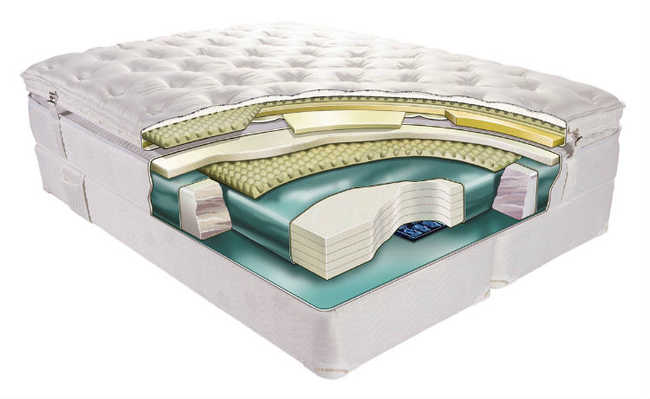Agreement to reduce greenhouse gases enters into force on the 1st of 2019
On January 1, 2019, the Kigali Amendment to the Montreal Protocol, which aims to eliminate HFCs, entered into force

Image: Chromatograph on Unsplash
The world has taken an important step to drastically reduce the production and consumption of powerful greenhouse gases, hydrofluorocarbons (HFCs). On January 1, 2019, the Kigali Amendment to the Montreal Protocol, which aims to eliminate these substances, entered into force. The UN Environment explains the importance of the document.
If fully supported by governments, the private sector and citizens, the Kigali Amendment will prevent an increase of up to 0.4°C in the global average temperature this century, while protecting the ozone layer. The document will substantively contribute to the objectives of the Paris Agreement.
HFCs are organic compounds often used as coolers in air conditioners and others, as an alternative to the ozone-depleting substances that were controlled under the Montreal Protocol. While HFCs themselves do not deplete the ozone layer, they are extremely potent greenhouse gases, with a global warming potential that can be greater than that of carbon dioxide.
The countries that adhered to the amendment put in place action programs to comply with the document. Among the measures are agreements on technologies for the destruction of HFCs and new data on requirements and tools. The document presents provisions for enhancing the capacities of developing countries. Other mandates in the text include institutional strengthening and the development of national strategies to reduce HFCs and replace them with alternatives.
Combating HFCs, according to the amendment, could also open up opportunities to redesign refrigeration equipment, making it more energy efficient.
The implementation of the new goals established in the agreement will be done in three phases, with a group of developed countries starting the reduction of HFCs from 2019. Developing countries will continue, with the freezing of production levels of HFCs in 2024. Some nations will freeze consumption in 2028. Brazil is part of the group that should freeze its production until 2024 and gradually reduce consumption - by 10% by 2029 and by 85% by 2045.
Ratified by 65 countries to date, the Kigali Amendment continues the historic legacy of the Montreal Protocol, adopted in 1987. The more than three-decade agreement and its earlier amendments have been universally ratified by 197 countries. These international milestones require a reduction in the production and consumption of compounds that deplete the ozone layer.
In Brazil, the text of the Protocol is being voted on in the Chamber of Deputies, where it was called Legislative Decree Project (PDC) 1100/18, which originated in Message 308/18, from the Executive Branch. The project received a favorable opinion from deputy Cesar Souza (PSD-SC), rapporteur of the Committee on Foreign Affairs and National Defense (CREDN), and is going to be voted on in other committees as a matter of urgency.
Broad support for the protocol and its enforcement will lead to a 99% reduction of nearly 100 substances and will significantly contribute to climate change mitigation.
Evidence presented in the most recent Scientific Assessment of Ozone Depletion shows that the ozone layer in parts of the stratosphere has recovered at a rate of 1-3% per decade since 2000. At projected rates, ozone in the Northern Hemisphere should fully recover by 2030, followed by the Southern Hemisphere in 2050 and the polar regions in 2060.










